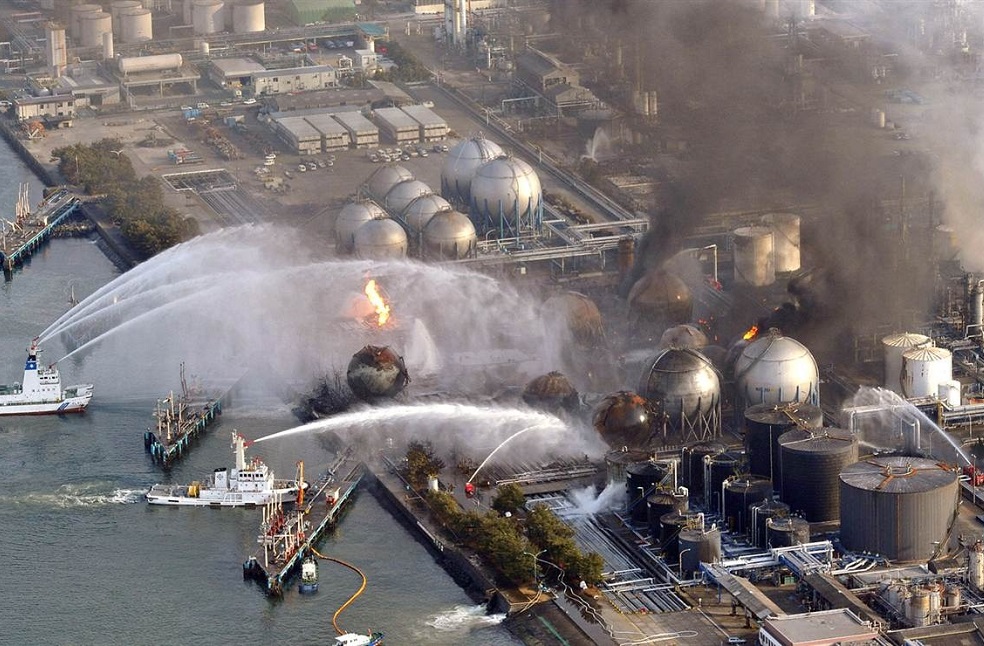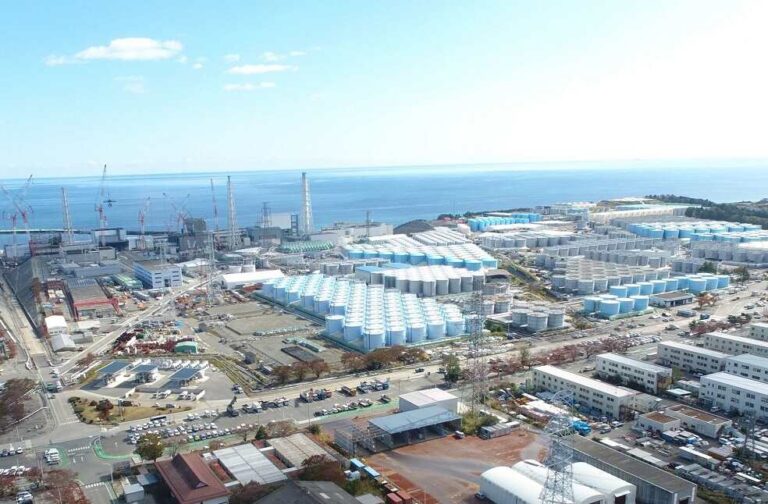Japan: A top government spokesperson has announced that Japan intends to begin discharging more than a million tonnes of treated water from the wrecked Fukushima nuclear power plant into the ocean this year.
The International Atomic Energy Agency (IAEA) has approved the proposal, but the government will hold off on publicising it until it has received “a comprehensive report” from the UN watchdog, according to chief cabinet secretary Mr. Hirokazu Matsuno.

Cooling systems at the plant were overwhelmed when a massive undersea earthquake triggered a tsunami in 2011, causing the worst nuclear accident since Chernobyl, as per the report. Work on decommissioning has begun and is anticipated to take about 40 years.
In the month of April to November 2022, the site produced an average of 100 cubic metres (3,500 cubic feet) of contaminated water per day, which included groundwater, seawater, rainwater that seeped into the region, and water used for cooling.

The water is filtered to eliminate various radionuclides and transferred to storage tanks with more than 1.3 million cubic metres of water already on site and limited space. Fishermen in the region fear reputational damage from the release, after attempting for years to reestablish trust in their products through strict testing. The treated water, according to plant operator TEPCO, complies with national guidelines for radionuclide levels with the exception of one radioactive element, tritium, which experts claim is only dangerous to people in high quantities.
It intends to use a one-kilometre-long undersea pipe to disperse the water offshore over a number of decades after diluting it to lower the tritium levels. The plan has drawn criticism from the region’s neighbours, notably China and South Korea, as well as organizations like Greenpeace.

Around 18,500 individuals were killed or went missing in the northeast Japan disaster in March 2011, with most killed by the tsunami. Although no-go zones now only comprise about two percent of the Fukushima region, the population in many communities is still significantly fewer than it was before.



